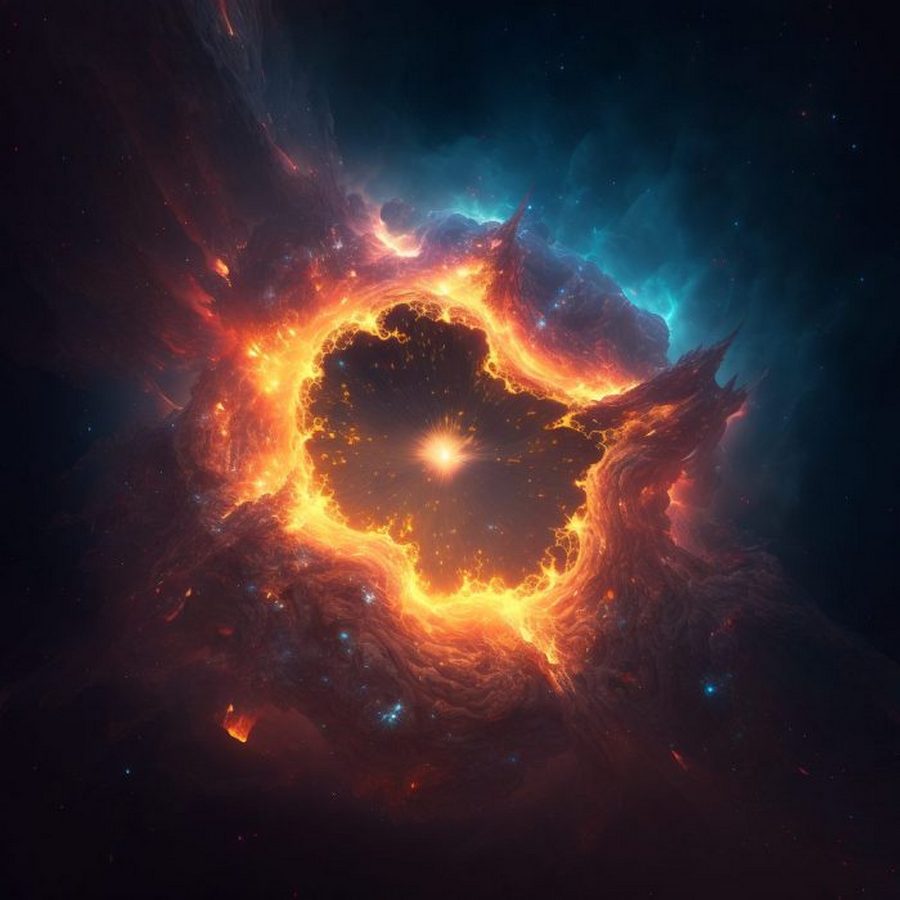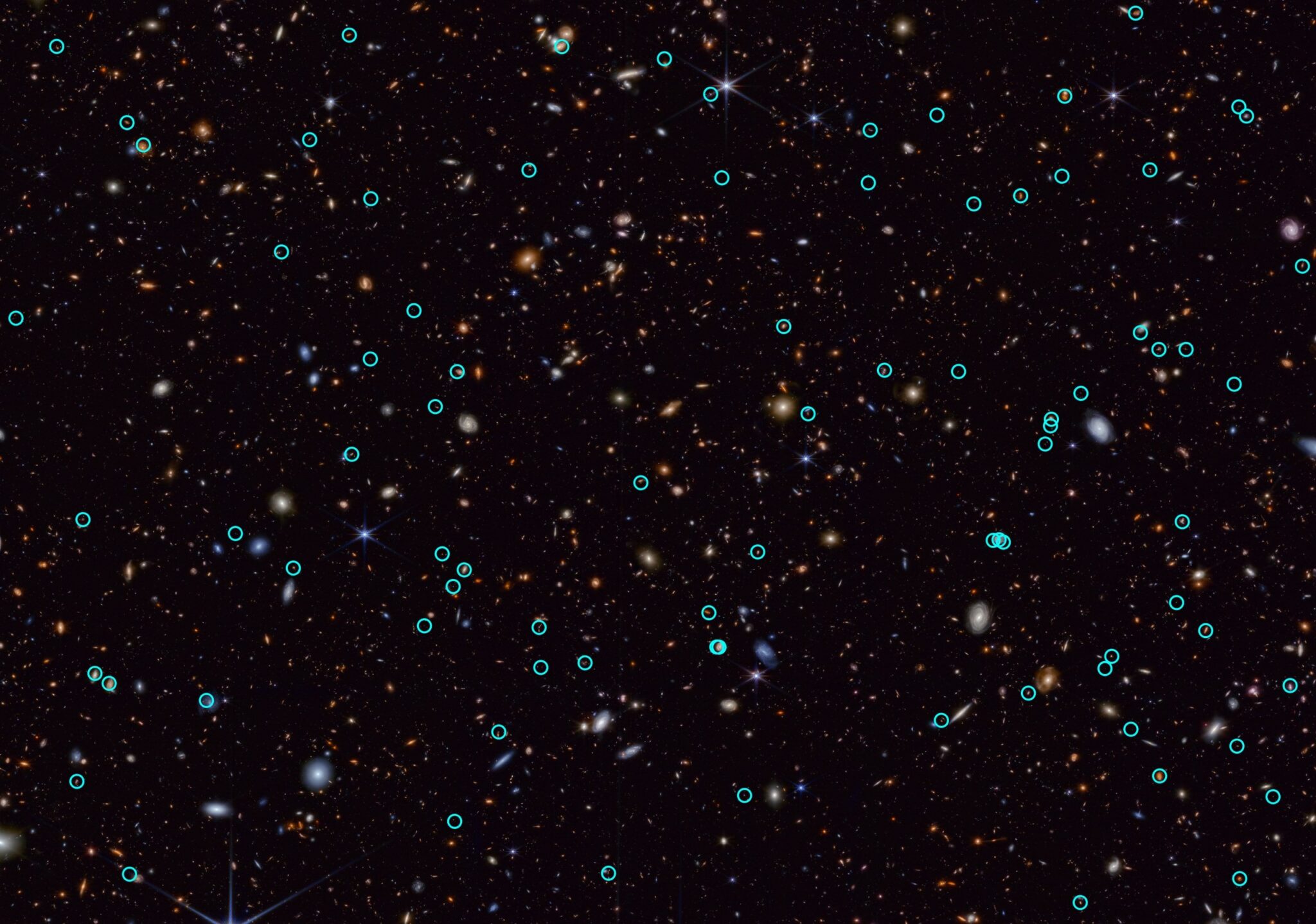The James Webb Space Telescope has discovered the oldest and most distant supernova with a redshift of z=3.6, which flared up when the universe was only 1.8 billion years old. The ancient supernova was found among 80 others in a small section of sky about the width of a grain of rice at arm’s length.

Supernovae are short-lived phenomena because their brightness changes over time. A new discovery of a series of explosions of distant stars may help resolve the question of the formation of the early universe. The researchers presented the findings at the 244th meeting of the American Astronomical Society.
Supernovae are divided into two main categories: core collapse supernovae and thermonuclear supernovae. Category one explosions occur when stars with masses at least eight times that of the Sun run out of fuel and collapse, then explode. The second type, known as Type Ia supernovae, occurs when two stars, one of which is a white dwarf, spiral toward each other, eventually leading to a thermonuclear explosion.

Type Ia supernovae are particularly interesting to astrophysicists because their explosions always have the same brightness. This feature allows them to be used to measure distances and the rate of expansion of the universe, known as the Hubble constant. However, measurements of the Hubble constant by these supernovae compared to other methods show discrepancies, calling into question the standard model of cosmology. This problem, known as the Hubble tension, makes the search for supernovae throughout the universe a key challenge for astronomers.
Researchers found ancient supernovae using data from the JWST Advanced Deep Extragalactic Survey (JADES). They obtained multiple images of the same area of the sky at one year intervals. By studying new points of light that appeared or disappeared in the images, the researchers identified supernovae, some of which were Type Ia explosions.
Once distant stellar explosions are discovered, researchers will study them more closely to determine their metal content and their exact distance. This will help not only to understand the structure of primordial stars, but also the conditions of the early universe in which they originated.
Earlier we told you interesting facts about supernovae.
According to livescience.com


